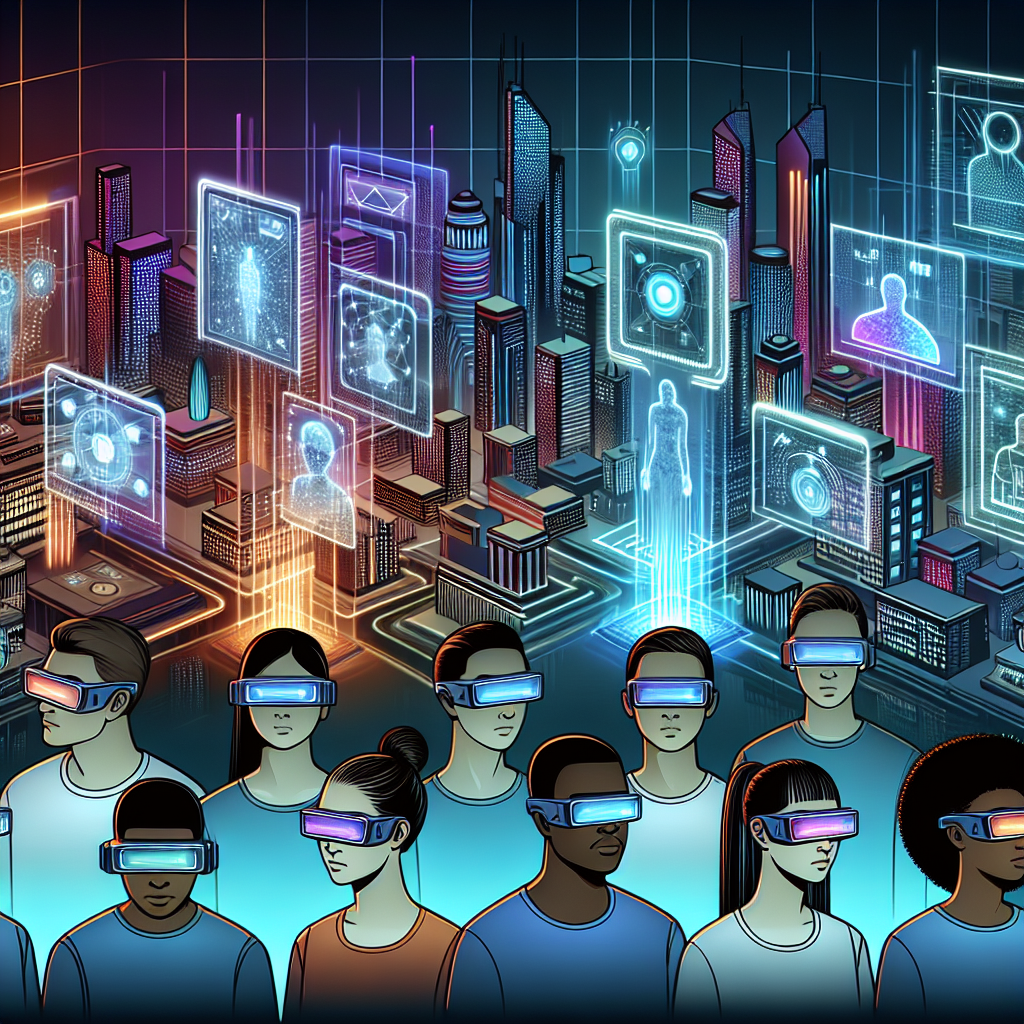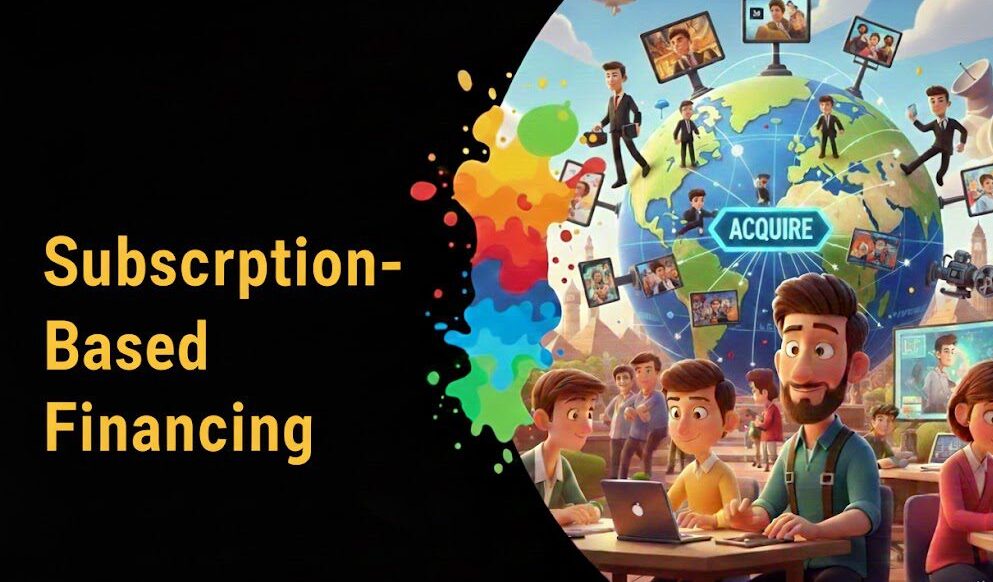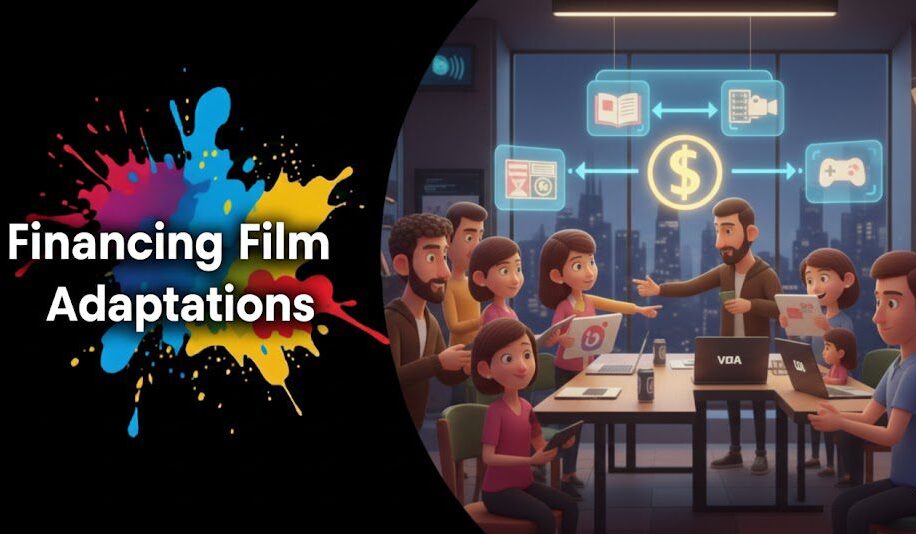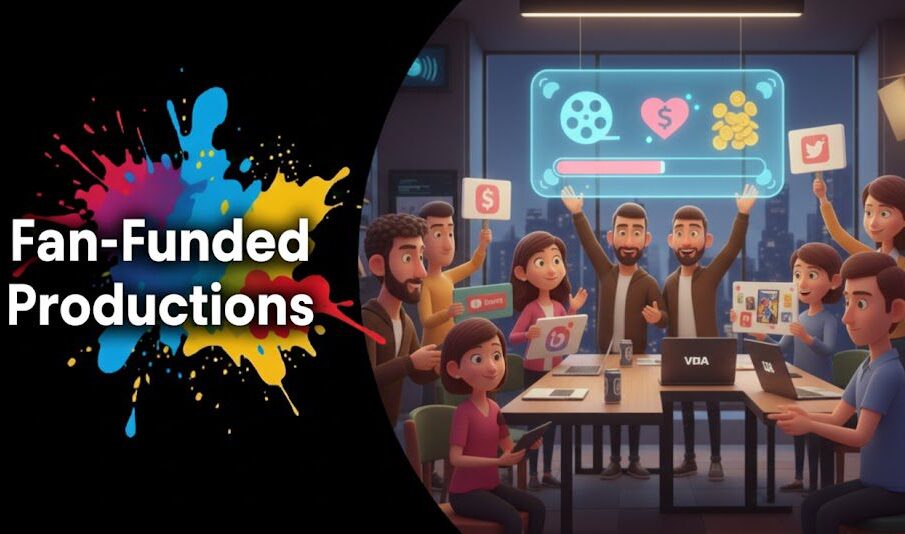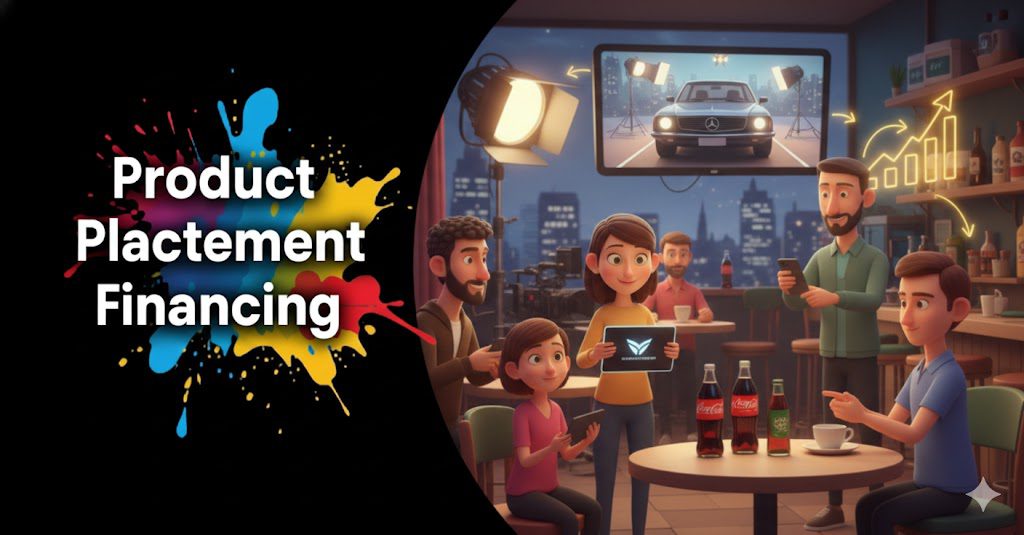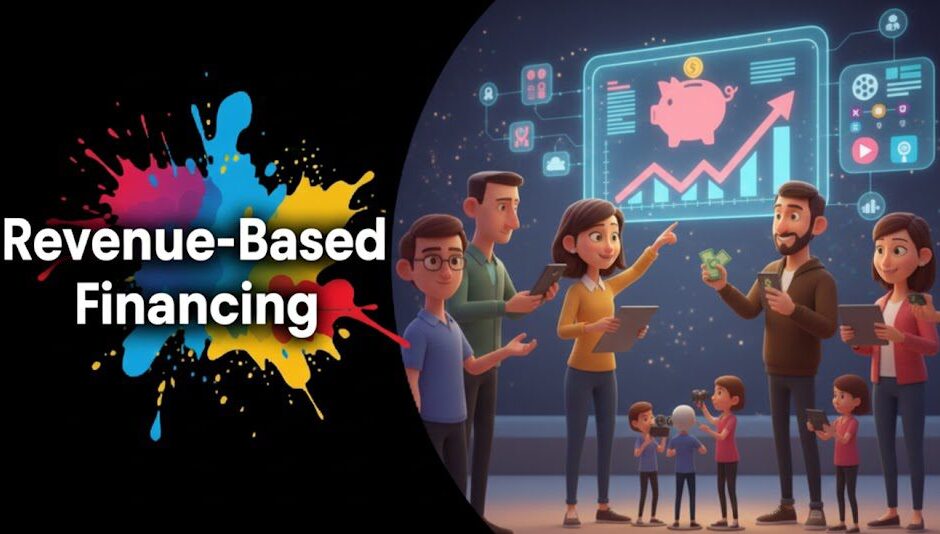Introduction
Imagine a world where you can step into a virtual reality environment and interact with it as if it were real. Or where you can enhance your everyday surroundings with digital elements through augmented reality. These immersive experiences are no longer just the stuff of science fiction; they are becoming increasingly prevalent in our digital landscape. For entertainment industry professionals, the rise of AI-powered virtual and augmented reality presents a wealth of opportunities to engage audiences in new and exciting ways.
As Content Acquisition Executives, Content Distribution Leaders, Production House Executives, Post-Production Managers, Localization Heads, Content Financing & Investment Executives, Streaming Platform Executives, Broadcast Network Programming Heads, Sales & Business Development Directors in Entertainment, Vendor Sourcing and Procurement Managers, Strategic Partnerships Managers, International Content Licensing Managers, Marketing and Audience Development Leaders in Media, and Market Research and Insights Analysts in Entertainment, staying ahead of the curve is essential to remain competitive in the ever-evolving landscape of media and entertainment. In this article, we will explore how AI is transforming virtual and augmented reality, and the implications for professionals in the industry.
Step into the Future of Motion Capture!

AI-Powered Personalization
One of the key ways AI is revolutionizing immersive experiences is through personalization. By leveraging AI algorithms, content creators can tailor virtual and augmented reality experiences to individual preferences and behaviors. This level of customization not only enhances user engagement but also allows for targeted advertising and marketing strategies. For example, streaming platforms can use AI to recommend personalized content based on users’ viewing habits, leading to higher viewer retention and satisfaction.
Real-world example: Netflix utilizes AI algorithms to analyze viewer data and recommend personalized content, leading to a 35% reduction in subscriber churn.
Enhanced Interactivity
AI is also driving advancements in interactivity within virtual and augmented reality experiences. Through natural language processing and machine learning, AI-powered virtual assistants can understand and respond to user queries in real-time, creating a more immersive and interactive experience. This level of interactivity can be particularly beneficial for live events and virtual tours, where users can engage with the content in a more meaningful way.
Real-world example: The Smithsonian Institution’s virtual tours use AI-powered virtual assistants to provide users with real-time information about exhibits and artifacts, enhancing the overall visitor experience.
Elevate Your Projects with AI Motion Capture!

Improved Content Creation
AI technologies such as machine learning and computer vision are revolutionizing the way content is created for virtual and augmented reality experiences. From generating realistic 3D models to enhancing visual effects, AI algorithms can streamline the production process and reduce costs. This allows content creators to focus on storytelling and creativity, rather than technical constraints.
Real-world example: The Lion King (2019) used AI-powered animation tools to create lifelike animal characters, resulting in stunning visual effects that captivated audiences worldwide.
Key Takeaways
– AI-powered personalization enhances user engagement and drives targeted advertising strategies.
– Enhanced interactivity through AI-powered virtual assistants creates more immersive experiences.
– AI technologies streamline content creation processes and reduce production costs.
FAQs
Q1: How can AI improve user engagement in virtual and augmented reality experiences?
A: AI-powered personalization allows for tailored content recommendations and targeted marketing strategies, leading to higher viewer satisfaction.
Q2: What role does AI play in content creation for virtual and augmented reality?
A: AI technologies such as machine learning and computer vision streamline production processes and enhance visual effects, allowing creators to focus on storytelling.


